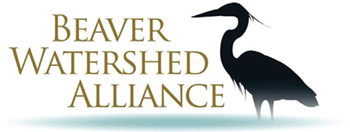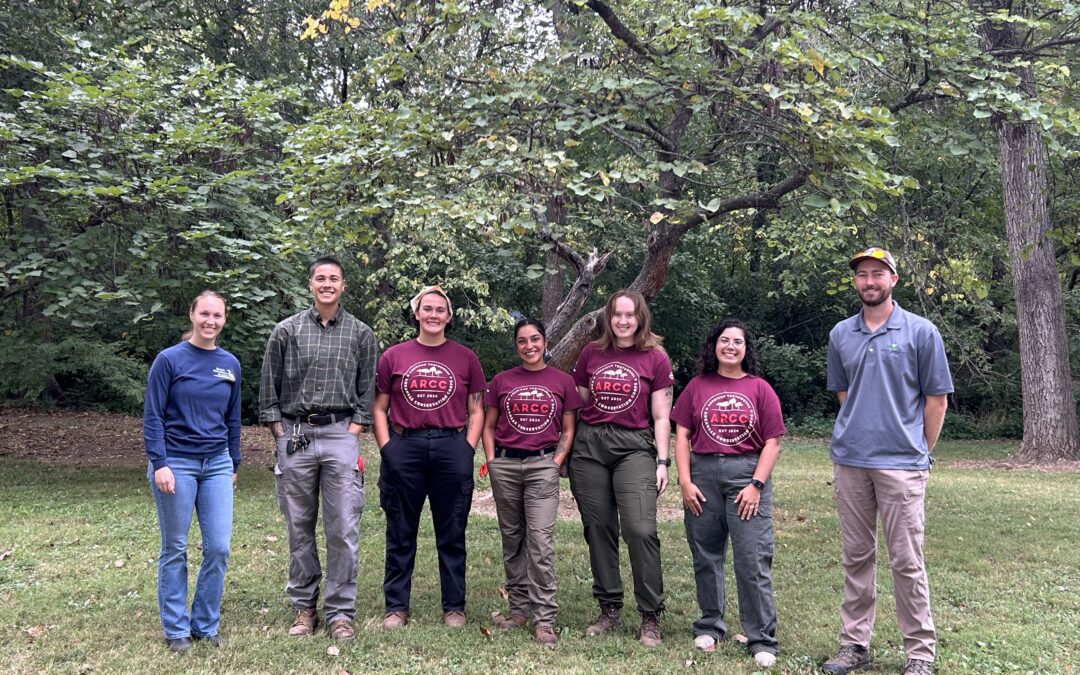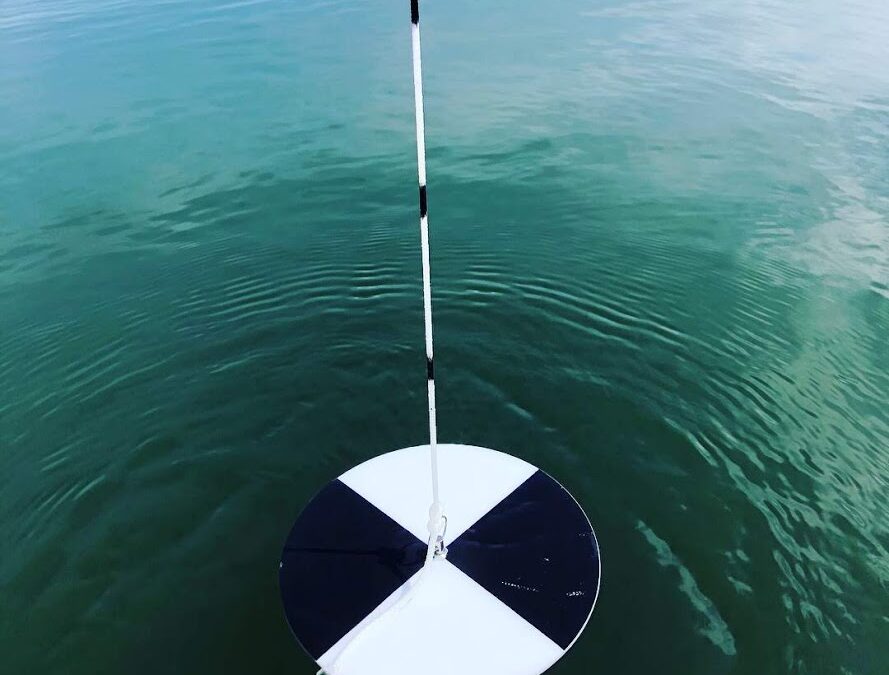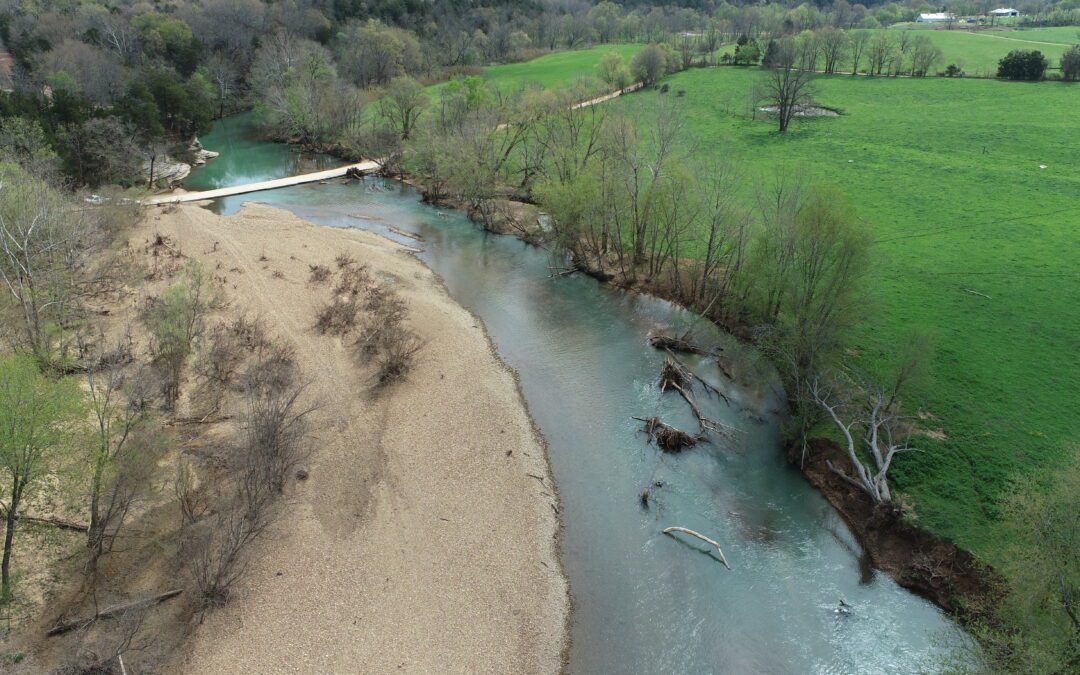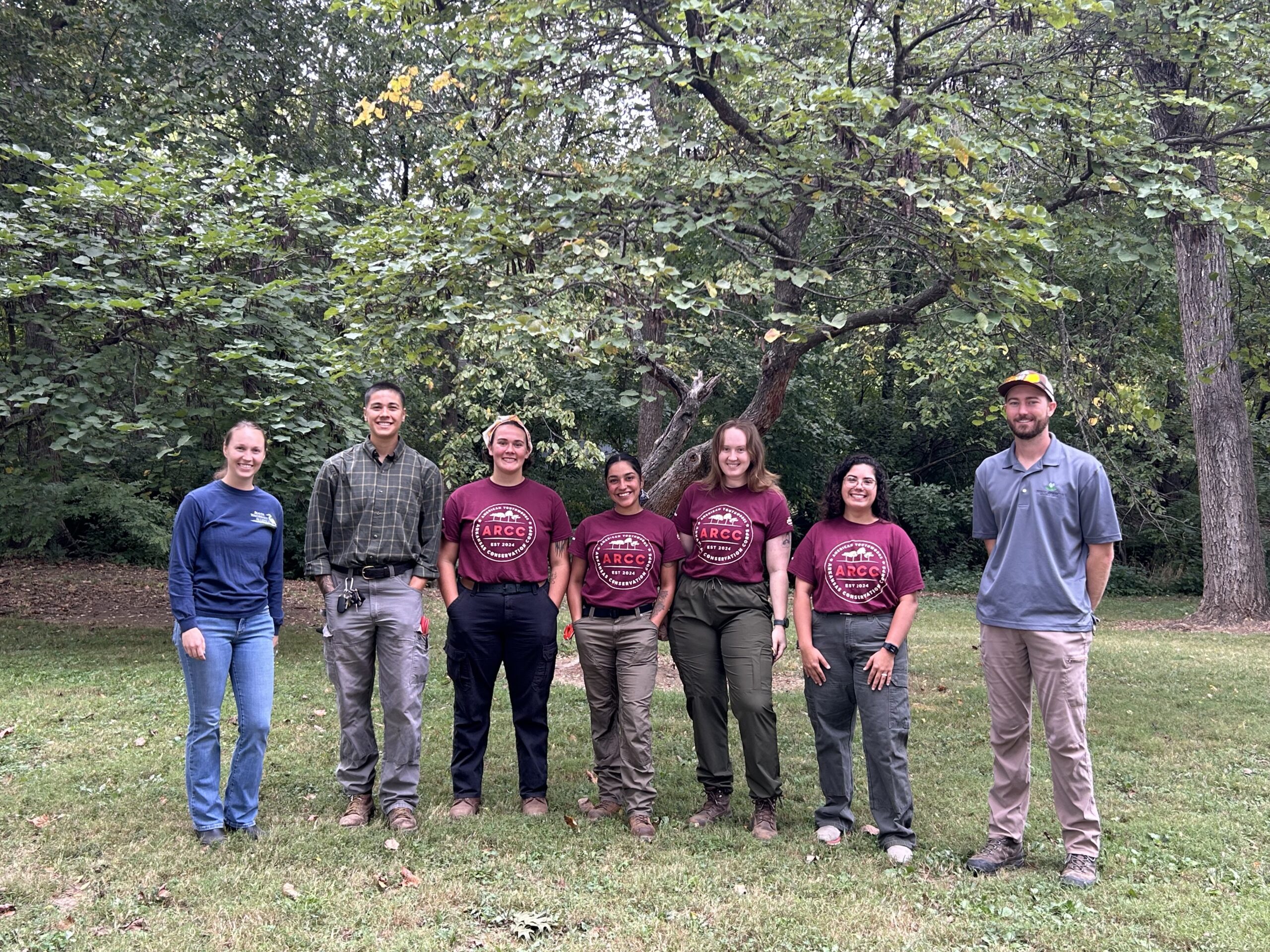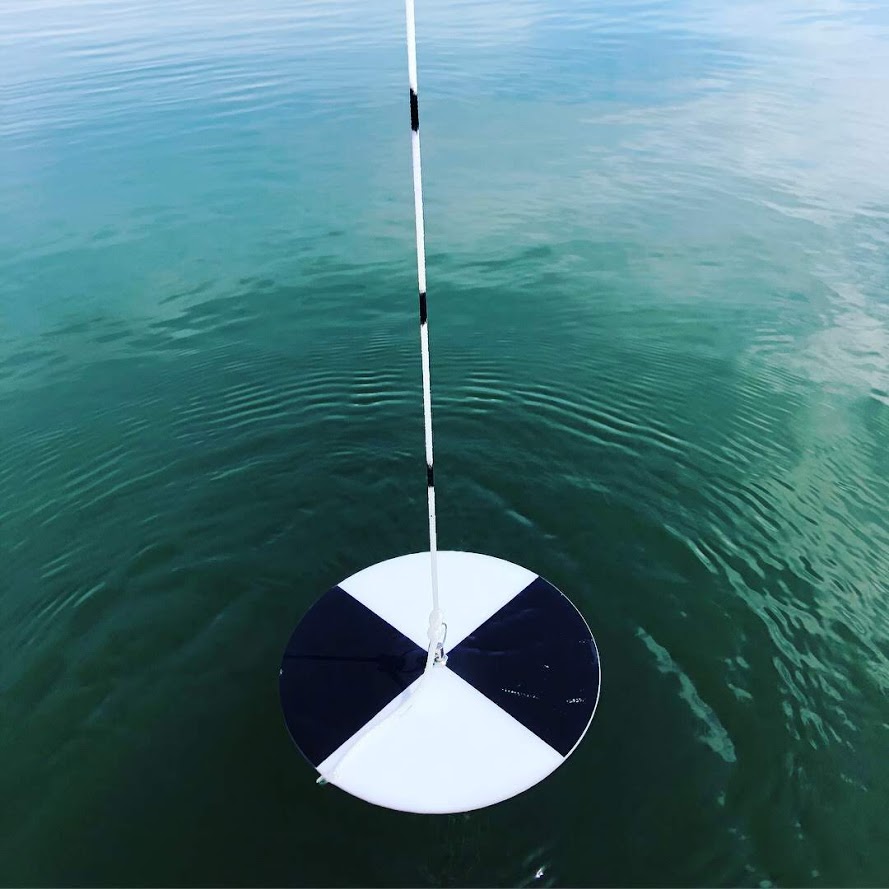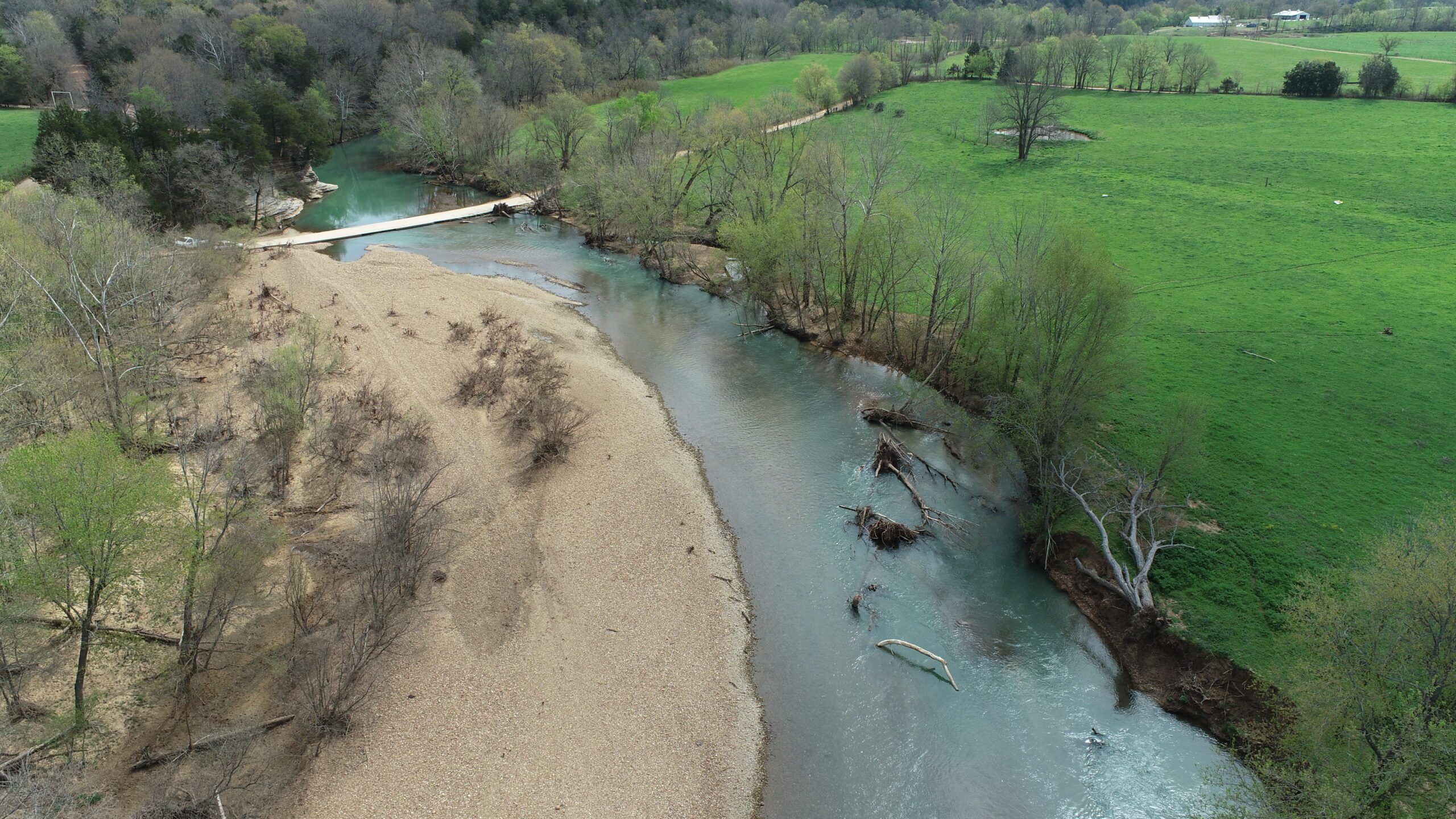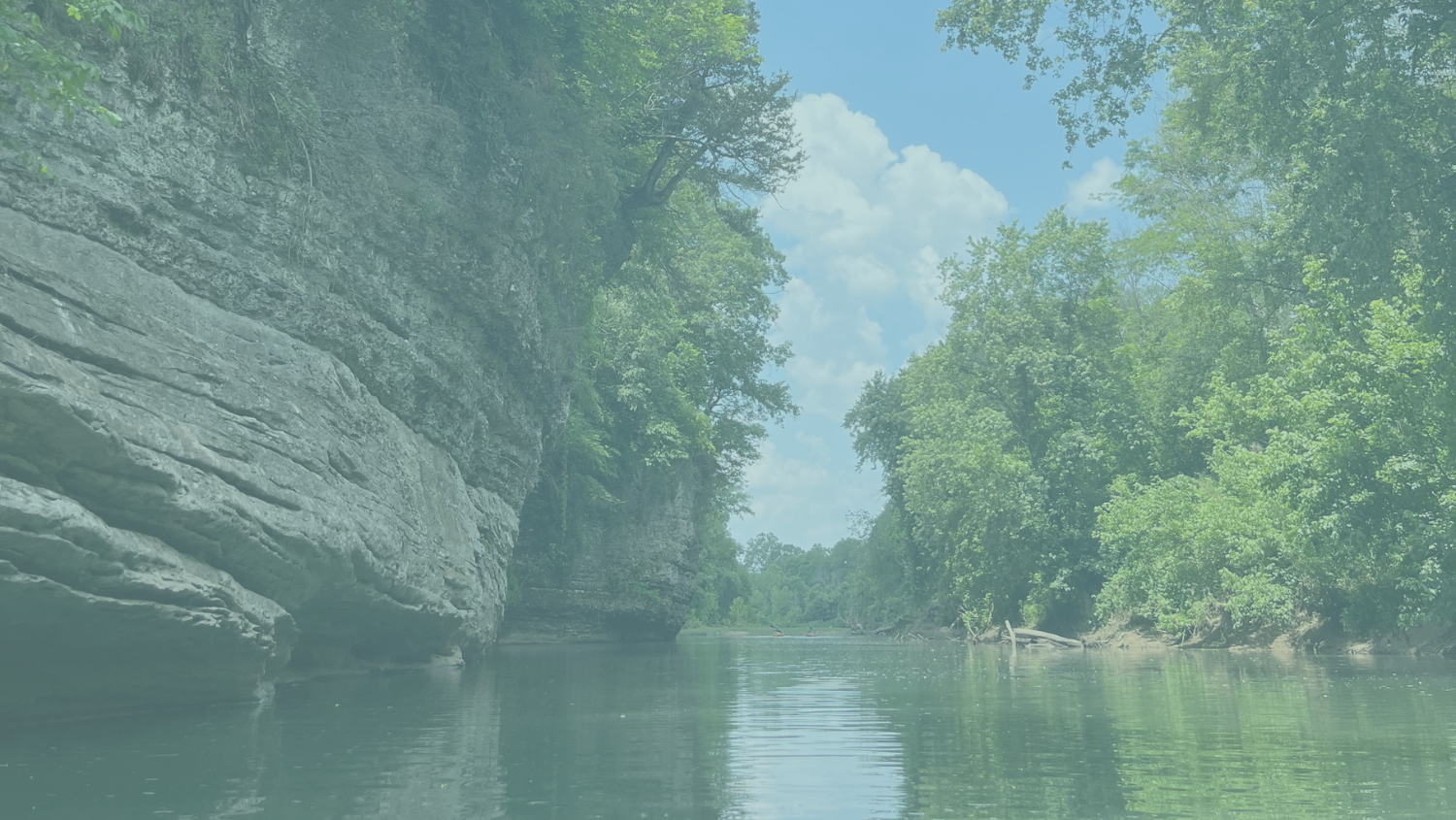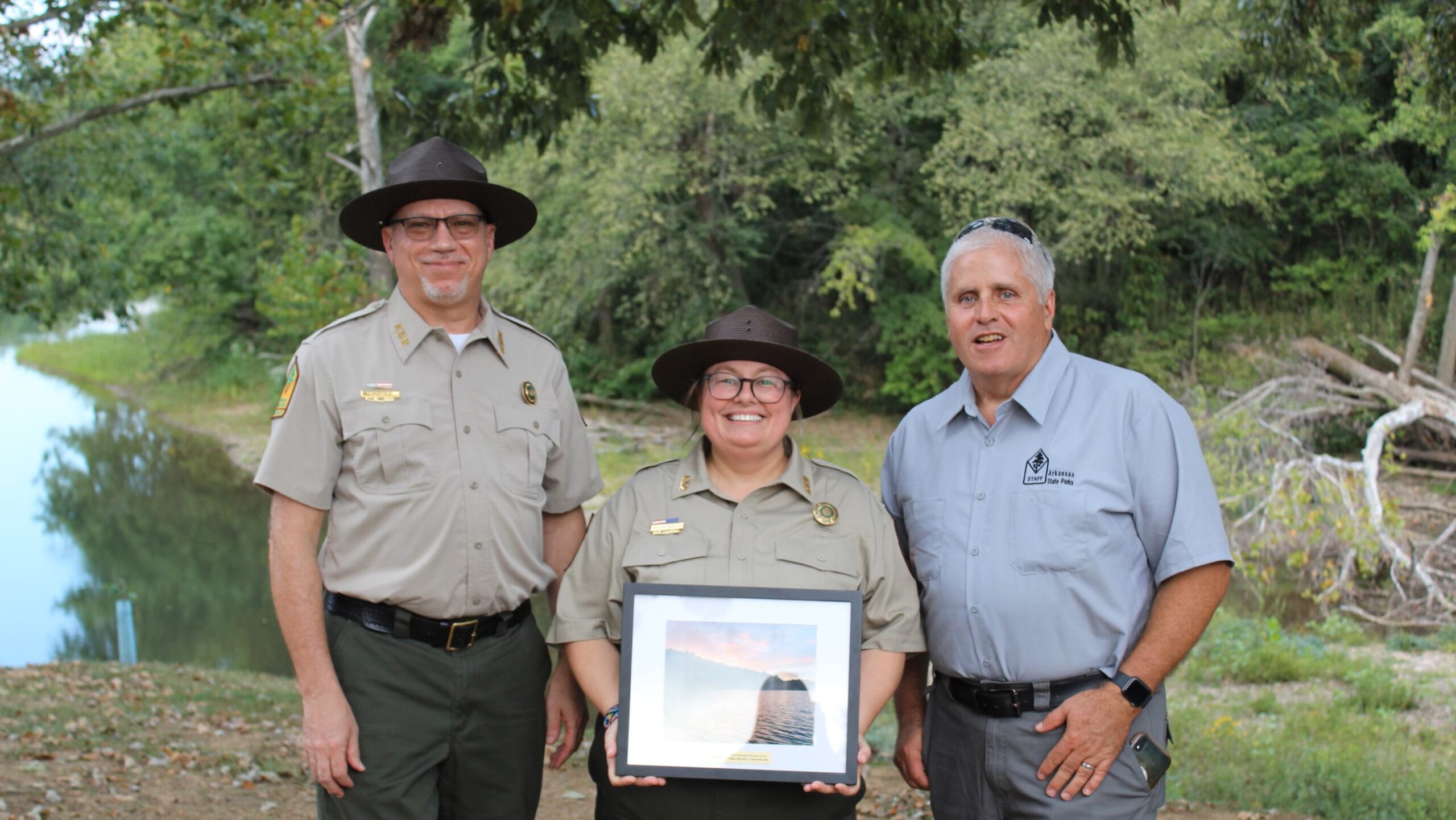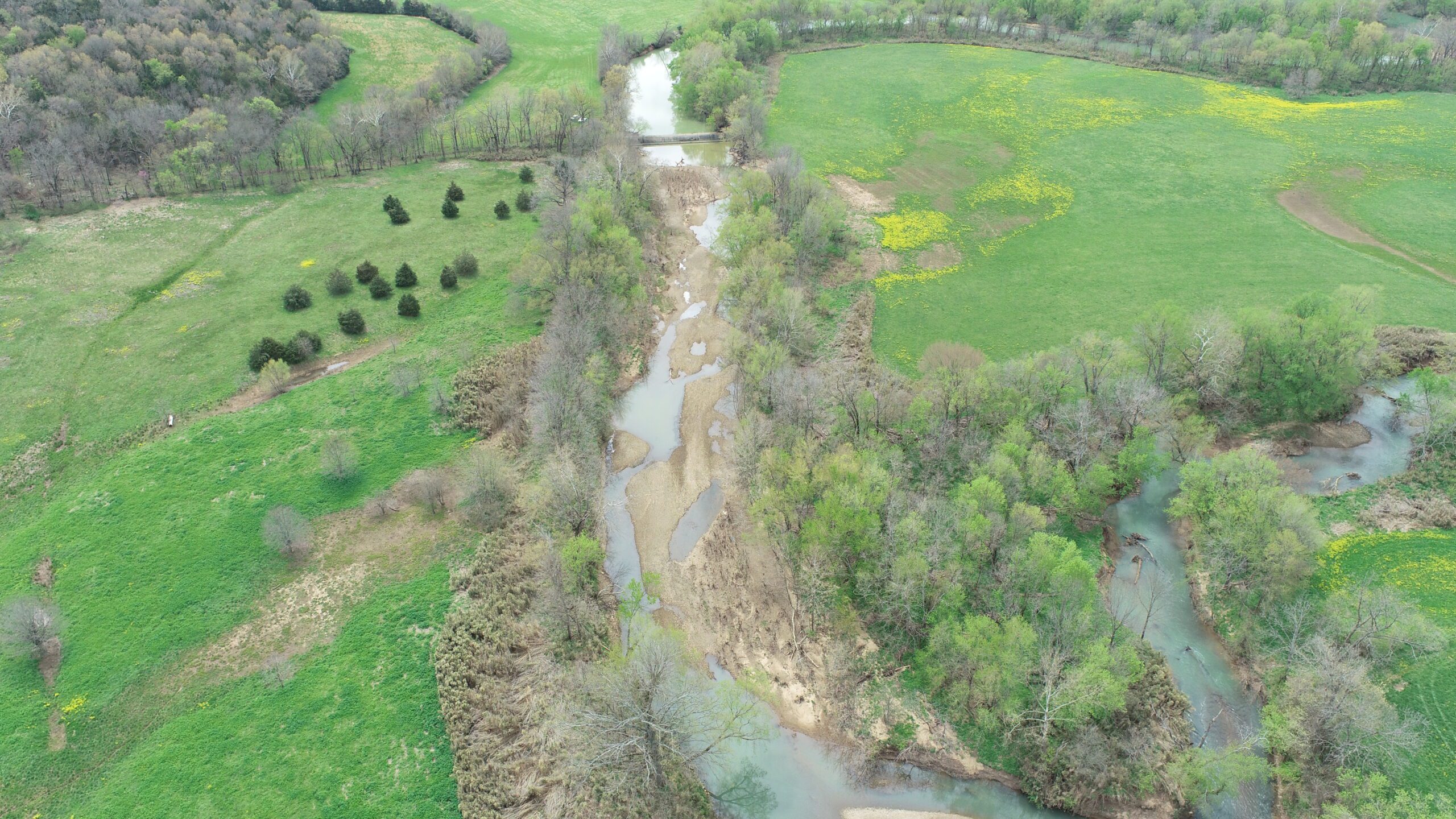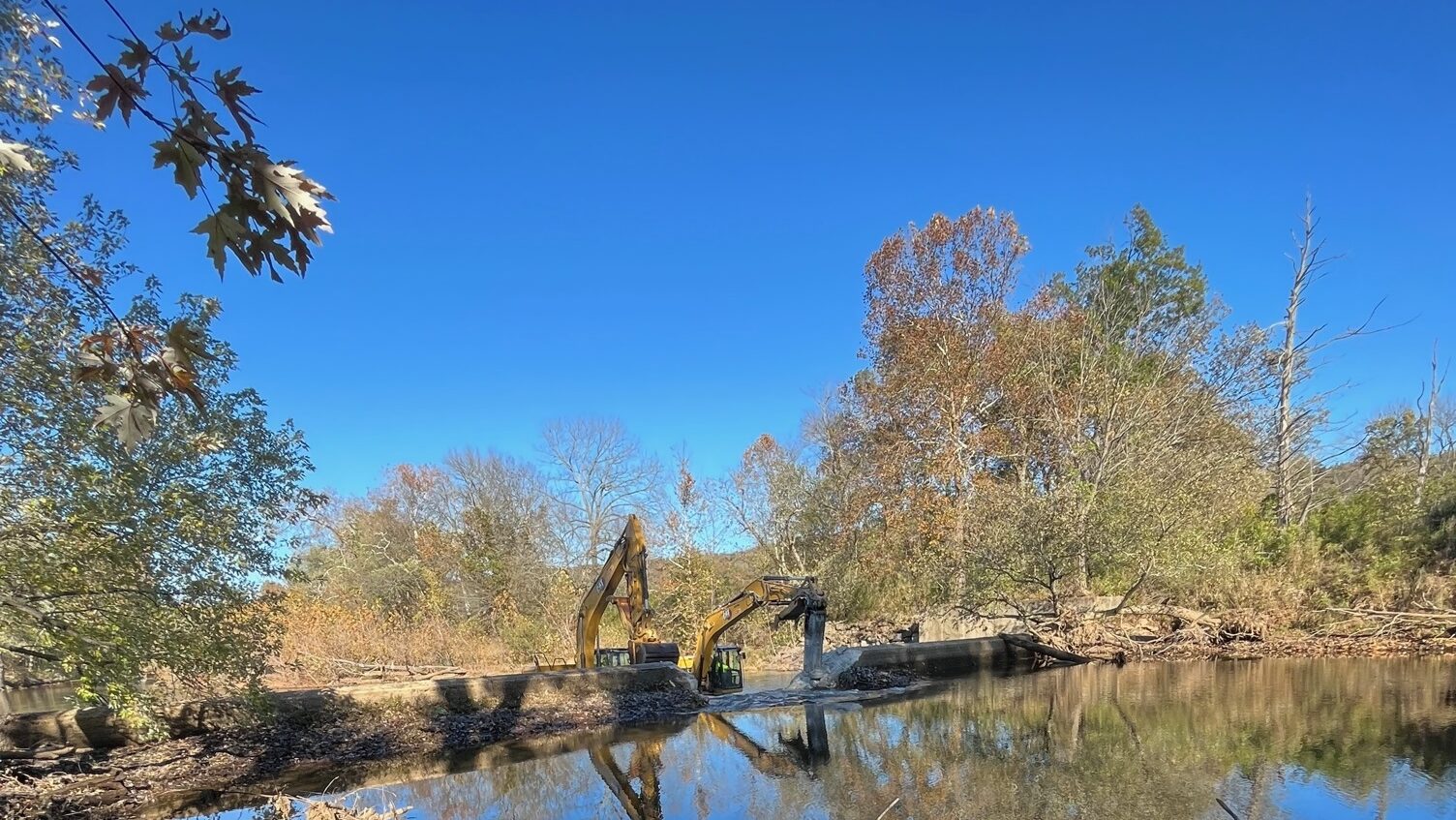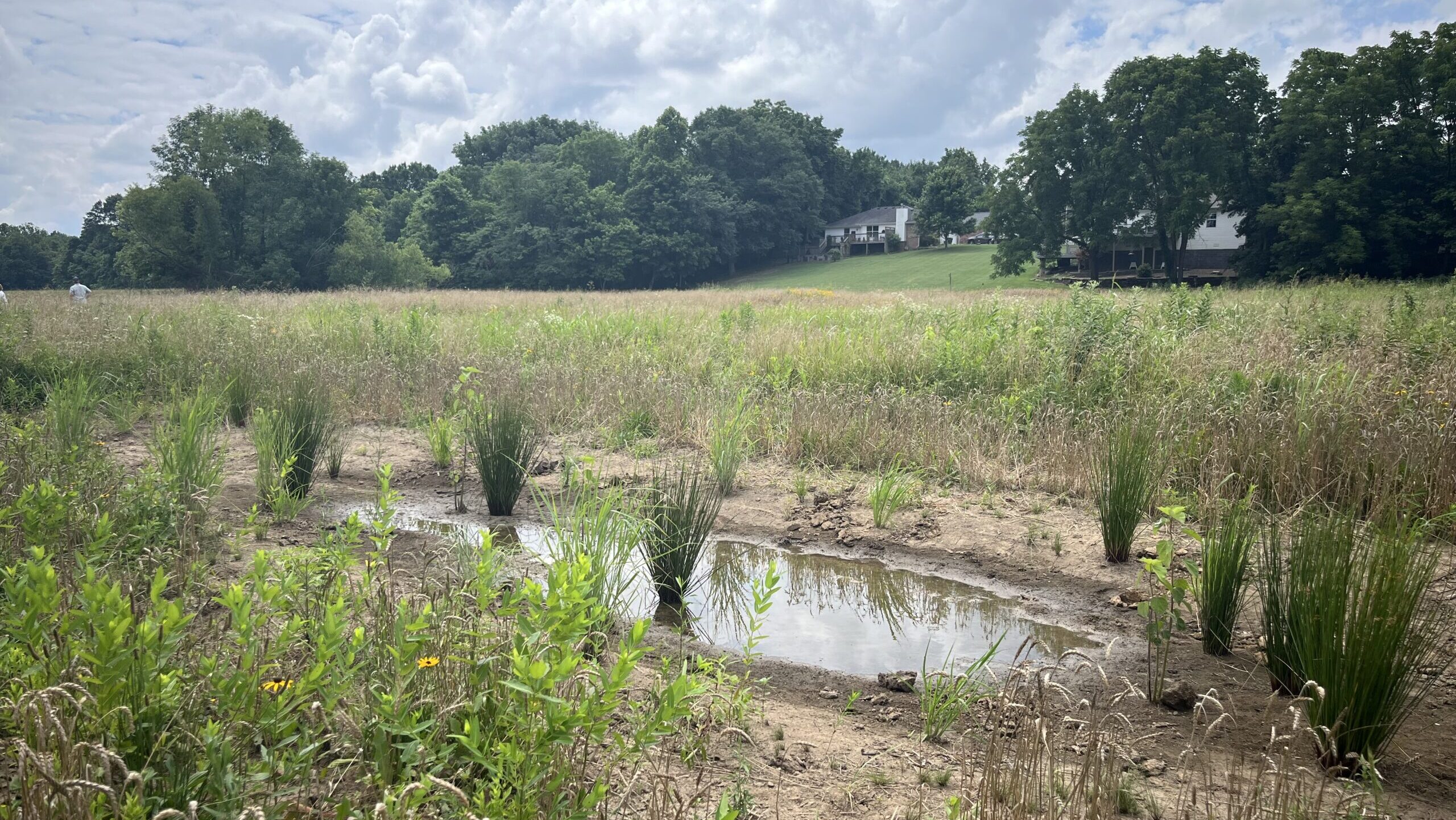By Dot Neely, Beaver Water District Education Coordinator
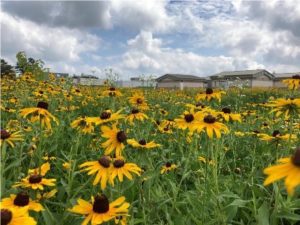
Above: Black Eyed Susan blooms in Area 2 Puppy Creek Drainage, year 1 growth summer 2021.
The vision for a native plant-covered campus is being realized thirteen years after the Leadership in Energy and Environmental Design (LEED) Gold award-winning Beaver Water District (BWD) Administration Center opened for business. The BWD “Lawn-to-Native Plants Conversion Pilot Project” launched in November 2020, led by James McCarty, PhD Biological Engineering, Environmental Quality Manager. Original 2006 landscape plans for the Beaver Water District Administration Center (completed in 2009) depicted lawns covered by native plants. The early attempt to establish buffalo grass on the north and south lawns adjacent to the Administration Center did not produce desirable results. The native grass was replaced with non-native bermuda grass, consistent with ground-cover campus-wide.
Since 2009, we better understand the connection between healthy natural habitat, water quality, and quality of life. Native plant species are the foundation for a thriving local ecology. They are essential to SOURCE WATER PROTECTION of water quality in streams flowing into Beaver Lake, the Public Water Supply for Northwest Arkansas. Native habitat benefits the Beaver Lake watershed and all drainage basins in the following ways:
- Soil improvement enhances vegetation growth allowing infiltration of storm water, which reduces runoff and erosion.
- Stands of native vegetation improve the filtration of storm water runoff, removing contaminants before they enter the stream system.
- Restoration of native habitat supports pollinators needed for healthy ecosystems.
- Native plants provide a food source and cover for the local wildlife.
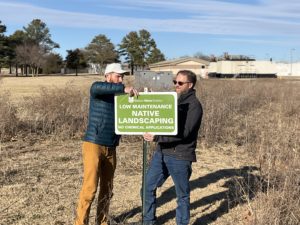
Above: Jarrod Phillips and Matthew Rich install Native Landscaping signage in Area 2 near BWD Main Gate
In mid-2019, after laying eyes on the 2006 landscape plans, the concept of “going native” captured the interest of then “new” CEO, Lane Crider, P.E. An April 2020 email invitation to participate in a nation-wide Pollinator Project (www.pollinator.org) seemed to serve as a catalyst for formalizing and implementing the “Lawn-to-Native” Conversion Plan.
The sloping northern boundary of the Administration Center (Area 1) and the Puppy Creek Headwaters drainage at the Plant’s main gate (Area 2) were selected for the Lawn-to-Native Conversion “Pilot Project.” Sandi Formica, P.E., Watershed Conservation Resource Center (WCRC) Executive Director and her crew volunteered to support the project with their expertise in proper planting location and installation techniques. Preparation for the conversion required application of herbicides and controlled burns to remove undesirable turf and other plants. Installation of native plants began once existing vegetation was removed. The areas will be managed according to a prescribed maintenance plan for a minimum of three years and have general maintenance thereafter.

Above: Matthew Rich planting a native shrub adjacent to forested gully in Area 1 on the BWD Administration Center north boundry.
Native grasses and wildflowers with some shrubs in the saturated portion of the Area 2 Puppy Creek drainage were planted in 2020 & 2021. Growth here since 2020 has exceeded expectations. Spring 2022 should bring a robust bloom. The BWD and WCRC crews took advantage of the summer-like weather in the first week of December 2021 and added grasses and wildflowers to the larger portion of Area 1. A border of native shrubs was planted along the edge of the forested gully to create a habitat zone providing cover for birds to return to after feeding in the open areas. Plants on the north lawn will be setting roots during the 2022 growing season. Look for more color and pollinators next year.

Above: Rose Mallow in Area 2 Puppy Creek Drainage, year 1 growth summer 2021.
The Pilot Project areas promise to be aesthetically pleasing with an abundance of wildflowers. The conversion will reduce the need and costs for traditional lawn care, as well as provide enjoyment for employees and educational opportunities for BWD staff, visitors, and the local community to identify and use native plants of the Ozark Highland’s Ecoregion.
Click Here to learn more about Beaver Water District!
